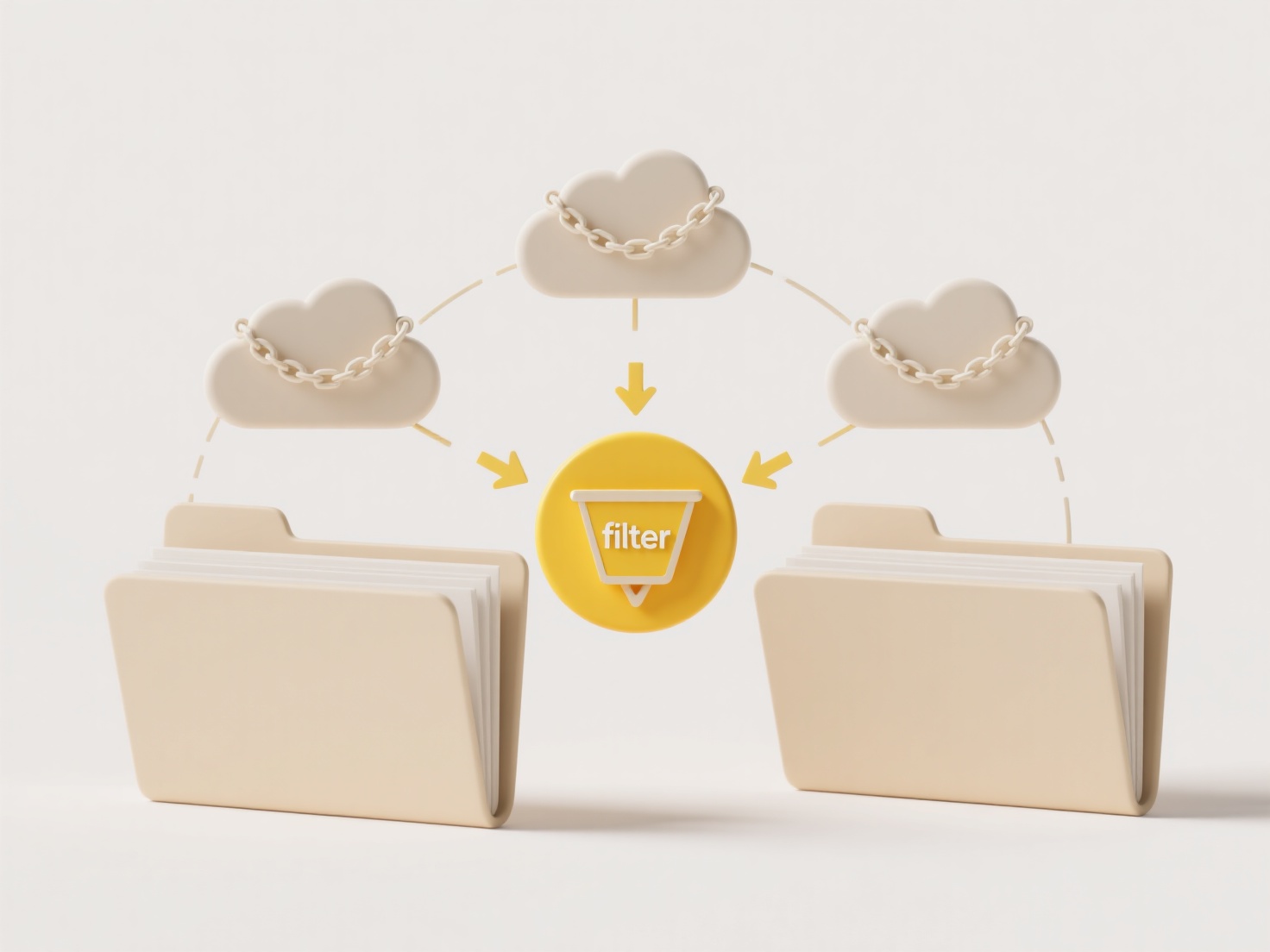
Folder states refer to predefined conditions or statuses applied to directories within a storage system (like Draft, Review, Approved, Archived). Workflows can indeed be built around these states, meaning automated actions can be triggered automatically whenever a folder's state changes. This differs from basic folder structures by adding automation capabilities based on folder metadata (its state), rather than just its location or content. Platforms supporting folder state-driven workflows typically offer integration tools or APIs.

For example, in document management, changing a folder's state to "Review" could automatically notify designated reviewers via email and lock editing permissions. In digital asset management, marking a folder as "Archive" might trigger a system to move its contents to lower-cost storage and update associated database records. Industries like marketing, legal, and software development frequently implement these workflows using tools like SharePoint, specific DAM platforms, or automation services like Zapier or Microsoft Power Automate linked to their cloud storage.
The primary advantage is efficiency, reducing manual steps and ensuring consistent processes. However, complexity in setup and dependency on specific platform capabilities are limitations. Ethically, defining and controlling state transitions needs clear access policies to prevent misuse. Future developments include tighter integration with AI for intelligent state assignment and broader adoption across cloud services, accelerating routine content handling tasks.
Can I build workflows around folder states?
Folder states refer to predefined conditions or statuses applied to directories within a storage system (like Draft, Review, Approved, Archived). Workflows can indeed be built around these states, meaning automated actions can be triggered automatically whenever a folder's state changes. This differs from basic folder structures by adding automation capabilities based on folder metadata (its state), rather than just its location or content. Platforms supporting folder state-driven workflows typically offer integration tools or APIs.

For example, in document management, changing a folder's state to "Review" could automatically notify designated reviewers via email and lock editing permissions. In digital asset management, marking a folder as "Archive" might trigger a system to move its contents to lower-cost storage and update associated database records. Industries like marketing, legal, and software development frequently implement these workflows using tools like SharePoint, specific DAM platforms, or automation services like Zapier or Microsoft Power Automate linked to their cloud storage.
The primary advantage is efficiency, reducing manual steps and ensuring consistent processes. However, complexity in setup and dependency on specific platform capabilities are limitations. Ethically, defining and controlling state transitions needs clear access policies to prevent misuse. Future developments include tighter integration with AI for intelligent state assignment and broader adoption across cloud services, accelerating routine content handling tasks.
Quick Article Links
Why do files in synced folders not show up in search?
Files in synced folders might not appear immediately in search results because the syncing process operates independentl...
Why do copied files lose their original permissions?
When files are copied, they typically lose their original permissions because the copying process creates entirely new f...
How do I monitor sync activity between cloud and local?
Monitoring sync activity involves tracking the data transfer process between your local device (like a computer or phone...